Dynamic Application Security Testing (DAST) is a type of security testing where an application is assessed in real-time, while it is running and actively being used. It involves probing the application to identify vulnerabilities and weaknesses that may expose it to security threats. The goal of DAST is to simulate how an attacker may exploit vulnerabilities in an application to gain unauthorized access or compromise its integrity.
DAST employs various techniques to evaluate the security posture of an application. One commonly used approach is black-box testing, where the tester has no knowledge of the internal workings of the application. Instead, they interact with the application through its user interface, just like a typical user would. The tester leverages the application’s inputs and outputs to identify potential security flaws or weaknesses. This enables them to gain valuable insights into the application’s behavior and identify vulnerabilities that may be exploitable by an attacker.
DAST tools are widely used to automate the testing process and enhance its effectiveness. These tools typically scan the application for known vulnerabilities, such as SQL injection, cross-site scripting (XSS), and insecure direct object references. They also perform other security checks, like verifying if the application uses secure communication protocols, manages user sessions securely, and restricts access to sensitive resources.
One of the key advantages of DAST is its ability to assess the security of applications in real-time. By actively interacting with the application, DAST can identify vulnerabilities that may not be apparent during static analysis or code review. This is particularly important for web applications, where the user interface and functionality play a crucial role in determining security vulnerabilities.
DAST can also uncover vulnerabilities that result from the interaction between different components of an application. These vulnerabilities, known as integration vulnerabilities, may not be identified by other traditional testing methods. DAST allows for comprehensive testing of the application’s attack surface, including how it interacts with external dependencies, APIs, and databases.
Another benefit of DAST is that it provides a measure of the application’s resilience against various security attacks. By simulating real-world attack scenarios, DAST can help assess the effectiveness of security controls, such as input validation, authentication mechanisms, and access controls. This information is valuable for developers and security professionals to understand how an application could be compromised and prioritize necessary remediation efforts.
However, DAST also has its limitations. It may generate false positives or false negatives, leading to unnecessary investigation or overlooking critical vulnerabilities. Additionally, DAST relies on the availability of the application for testing, which may pose challenges in production environments, particularly if the application is frequently updated or has limited testing windows.
DAST plays a crucial role in assessing the security posture of applications by actively testing their functionality in real-time. It helps organizations identify vulnerabilities and weaknesses that may expose them to cyber threats. DAST tools automate the testing process and enhance its effectiveness, while also providing valuable insights into the application’s behavior and the effectiveness of security controls. Despite its limitations, DAST remains an essential component of a comprehensive application security testing strategy.
Top 8 Best Dynamic Application Security Testing (DAST) Tools
VERACODE
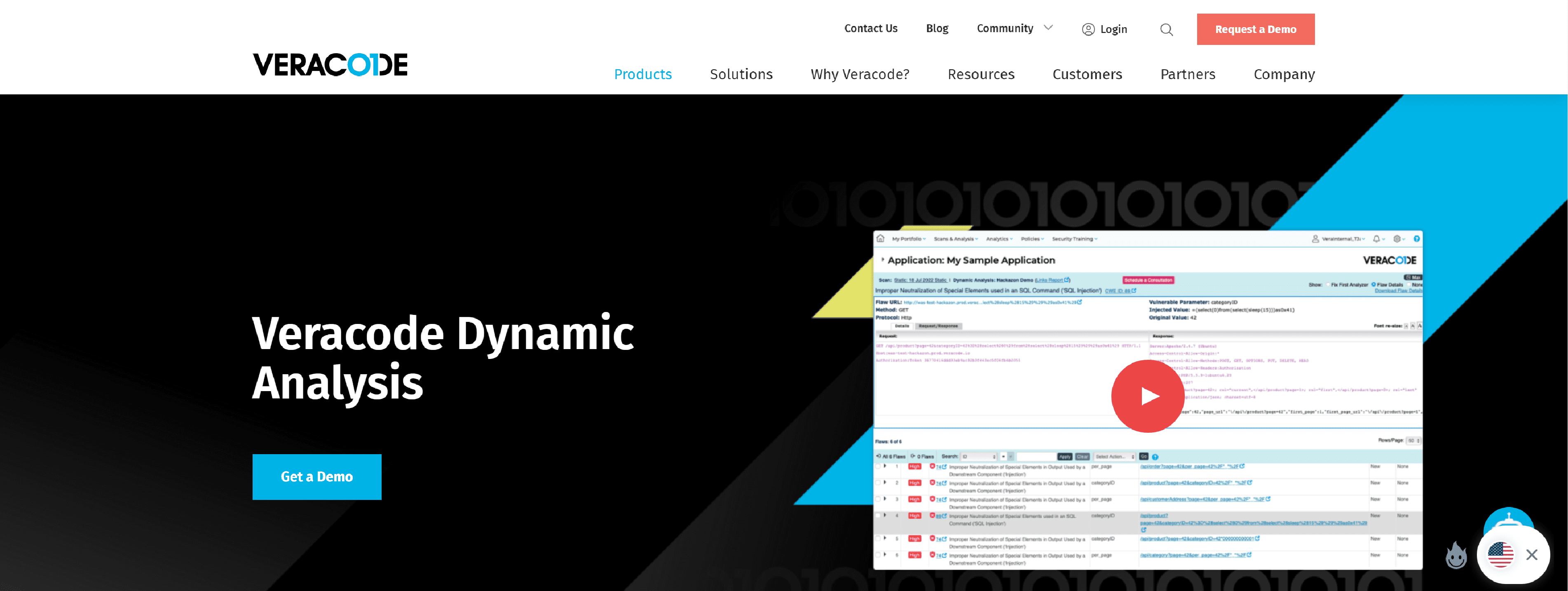
Veracode’s Dynamic Analysis (DAST) scans web applications simultaneously to reduce risk at scale.
- Powerful Scan Engine
- Combined Crawl & Audit
- Web App & API Scanning
- Granular Scan Control
- Pre-Production Scanning
- Reporting & Automated Ticketing
- Help With a Click
CRASHTEST-SECURITY
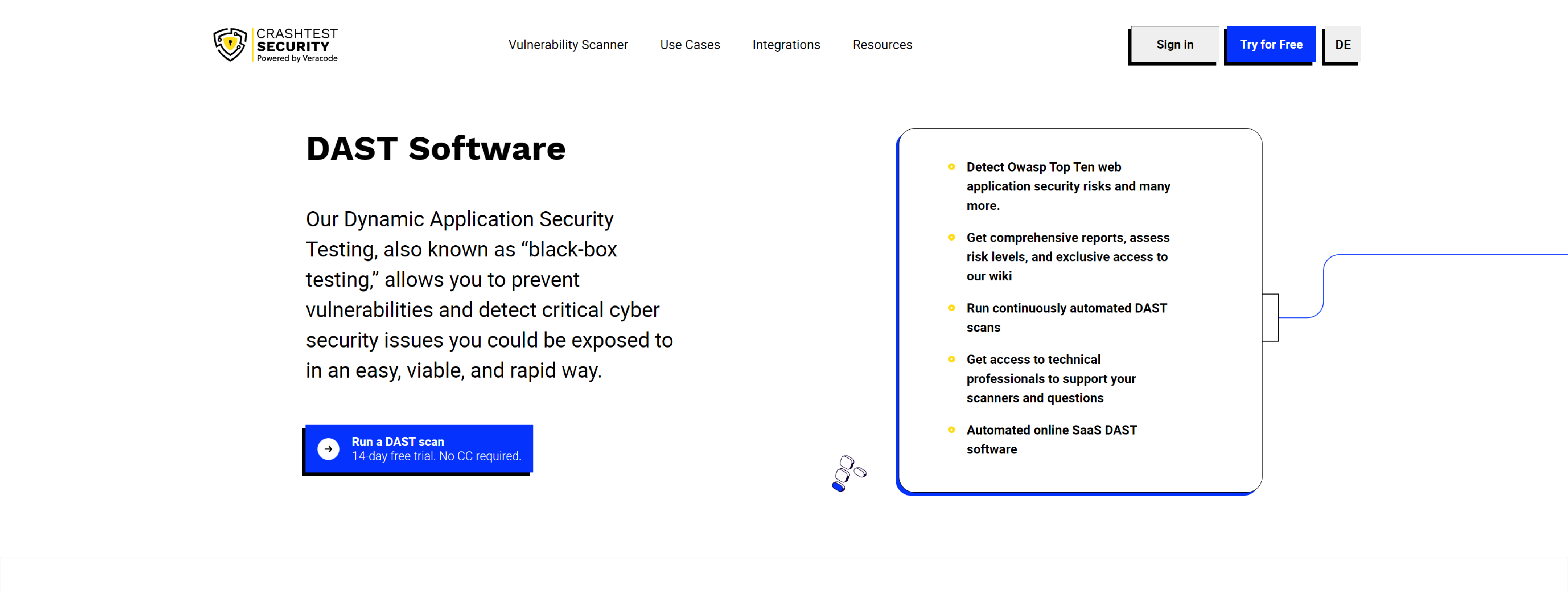
Crashtest Security is a market-leading automated penetration testing tool for web applications & APIs – enterprise-grade with a user-friendly interface.
- Increased speed and agility for security team
- Early identification of possible attacks and vulnerabilities
- Secure software development from design
- Better communication between teams
- Rapid response capacity to changes
SOOS.IO
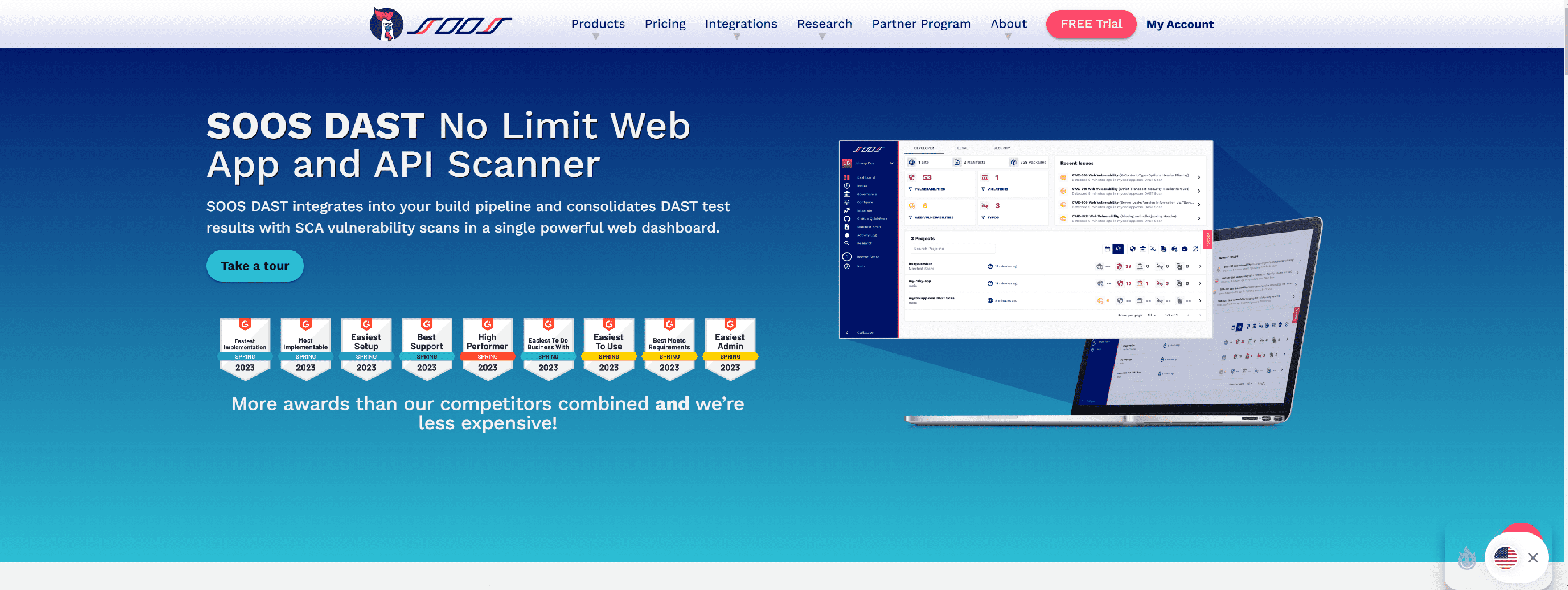
SOOS DAST gives you everything you need in a Dynamic Application Security Testing solution at one low price for the entire team.
- Scan Web Apps or APIs
- Domain Scanning
- Concurrent Scans
- Controlled Environment
- CI/CD
- Vuln Scanning
- Unified Dashboard
- Scan Coverages
- Issue Management
CLOUDDEFENSE.AI
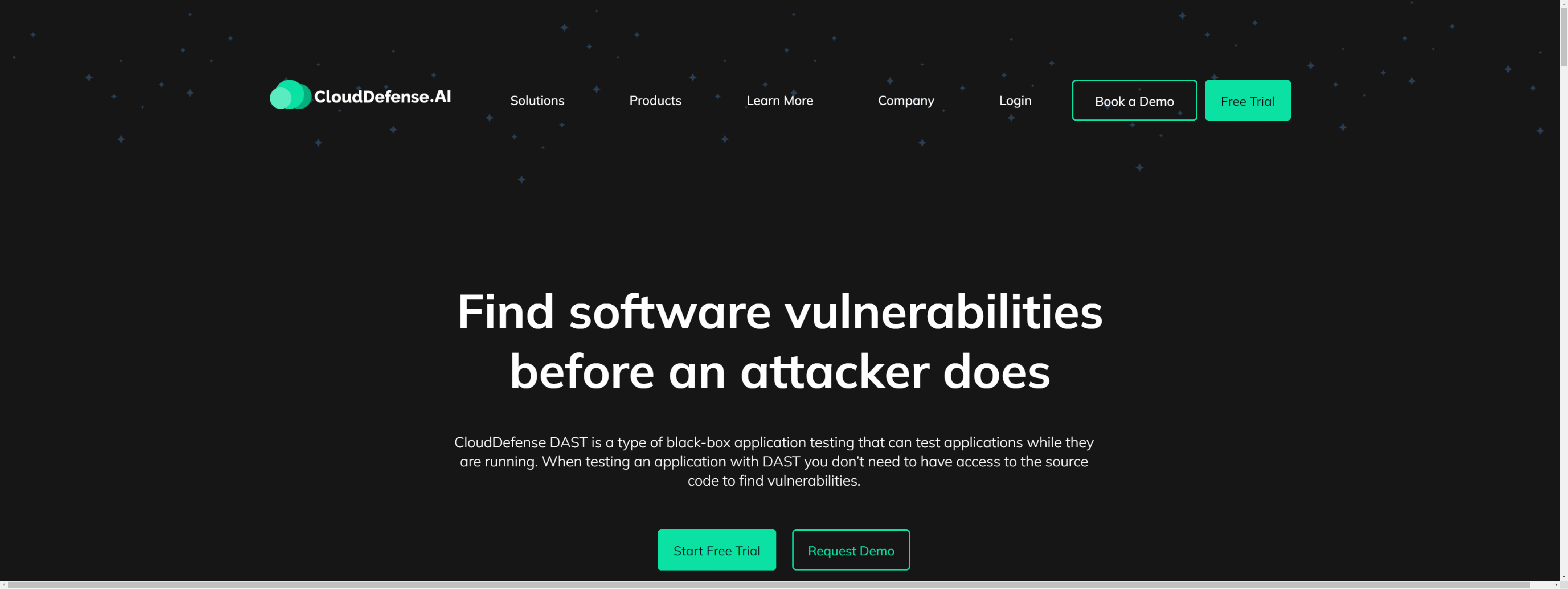
CloudDefense.ai is an industry-leading CNAPP platform that provides instant, 360 deg visibility and risk reduction for your Cloud and Applications.
- Better compliance
- One command to run them all
- Faster and better than NVD
- Advanced reporting
APPKNOX
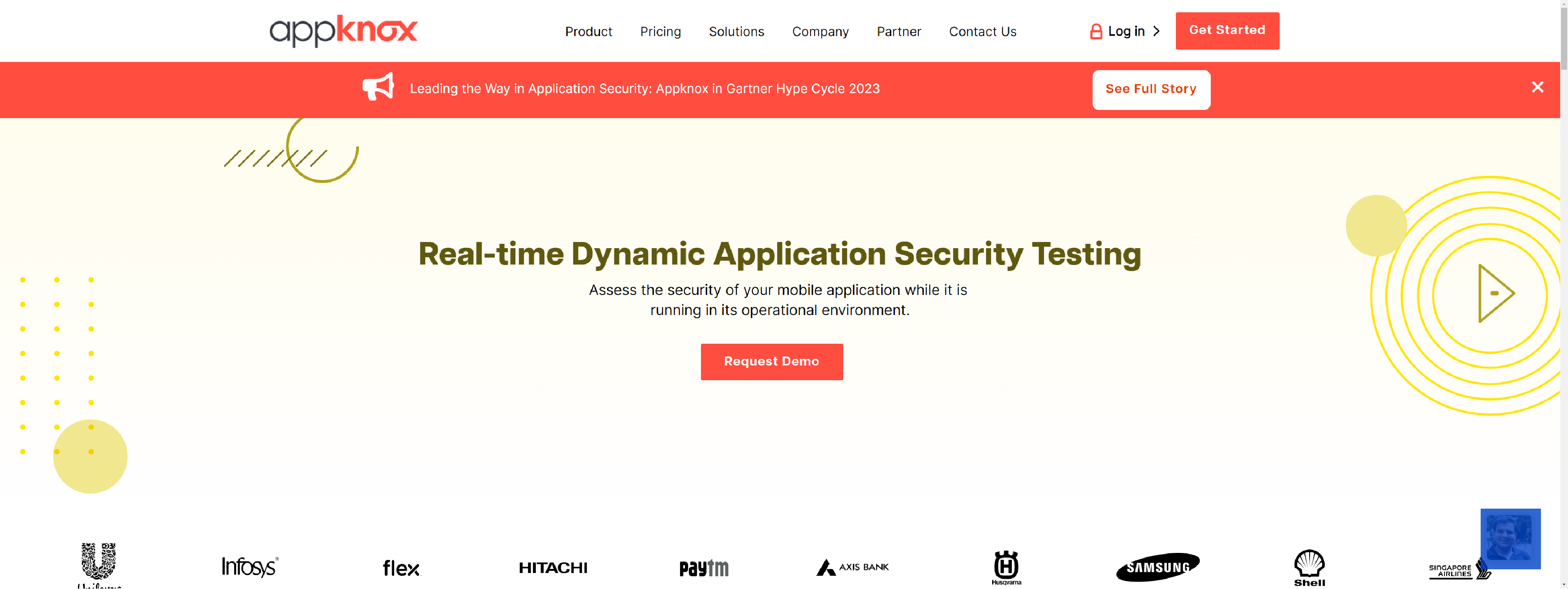
Appknox’s DAST Scanner to run the Dynamic Scans on real devices #130+ Test CasesAccess, trusted by big companies.
- Test Case Coverage
- Regulatory and Compliance
- Remediation Notes
- Vulnerability Severity
- Business Impact
- Customizable Scan & Report
STACKHAWK
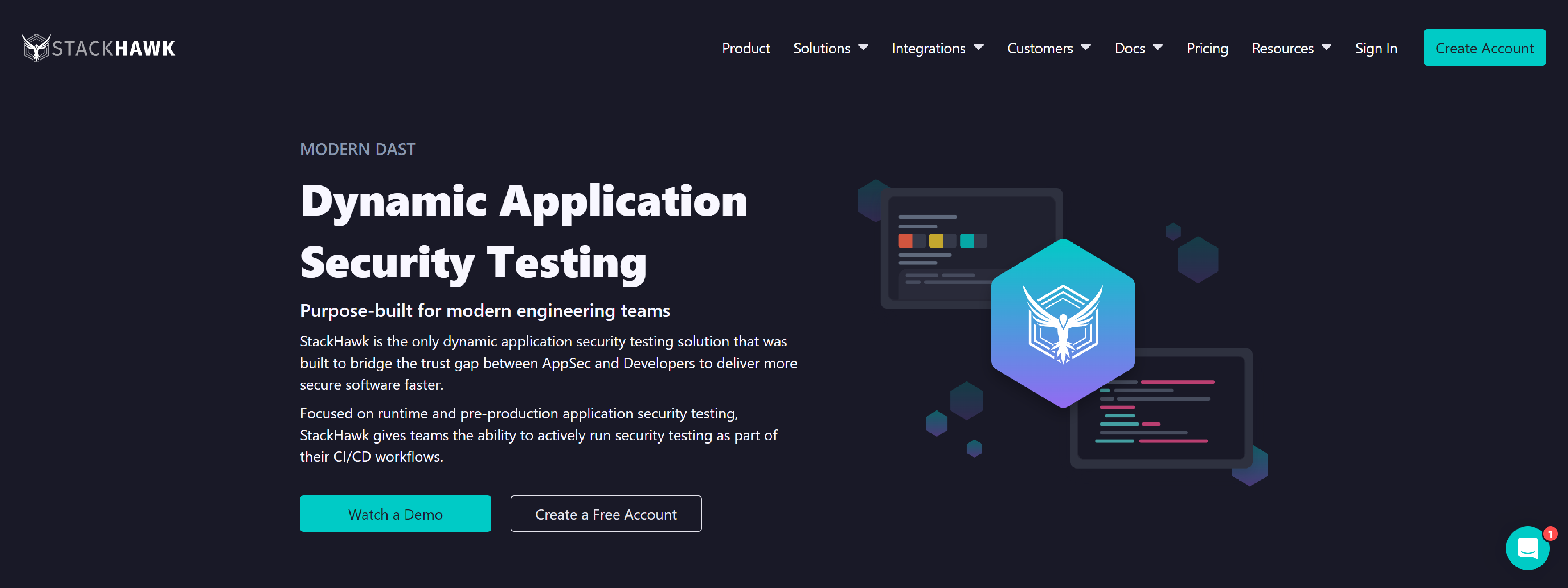
StackHawk – find, triage, and fix application security bugs in CI/CD. Built for developers to own application and API security.
- Automated Authenticated Scanning
- Server-side HTML Application Testing
- Single Page Application Testing
- SOAP API Testing
- gRPC Testing
- REST API Testing
- GraphQL Testing
- Technology Specific API Scan Configs
- Optimized for Fast Scanning in CI/CD
- No Infrastructure Configuration Required
- and More.
HOSTEDSCAN
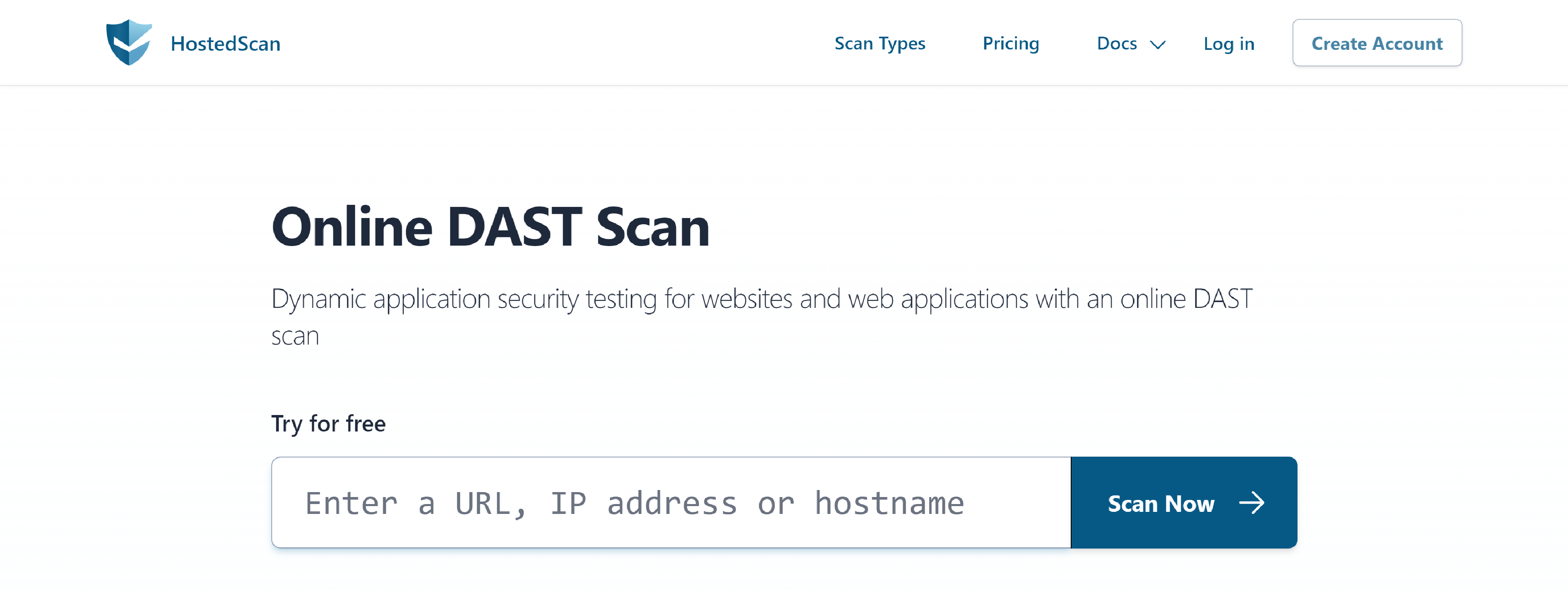
Hostedscan – online website, server, and application security risk monitors and continuous vulnerability detection scans.
- DAST Scanner powered by OWASP ZAP
- Supports both traditional HTML web applications and single page applications (SPAs)
- Passive security tests
- Active security tests
- Continuous monitoring with scheduled scans
- Use our APIs to integrate with your CI provider, such as GitHub or CircleCI
CHECKPOINT
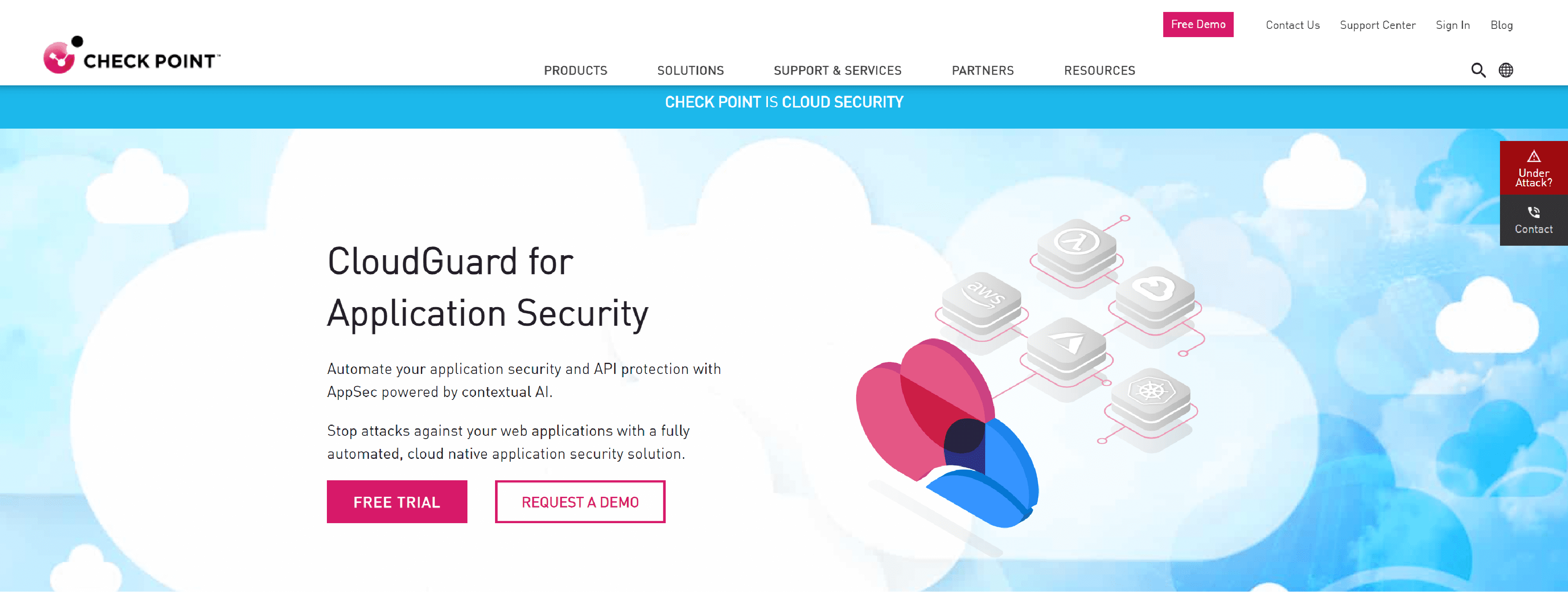
CloudGuard for Web Application & API Protection eliminates the complexities of application security and management.
- Detecting Runtime Issues
- Low False Positive Rates
- Language Agnostic
- Late Appearance in SDLC
- Vulnerability Location
- Code Coverage